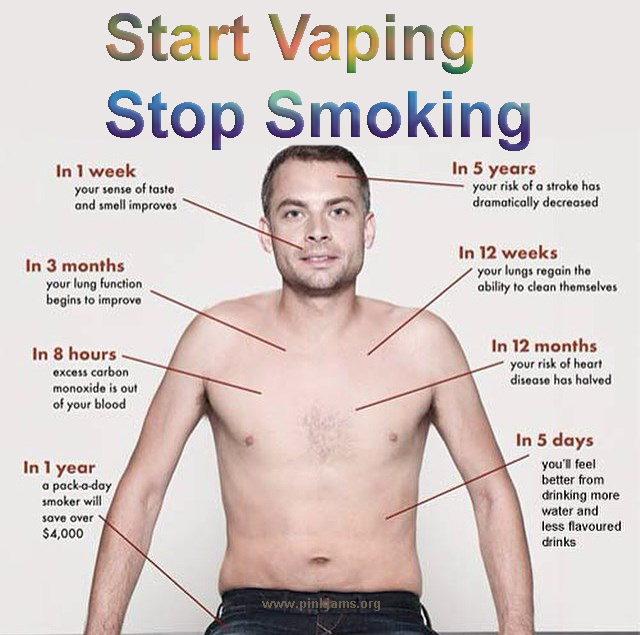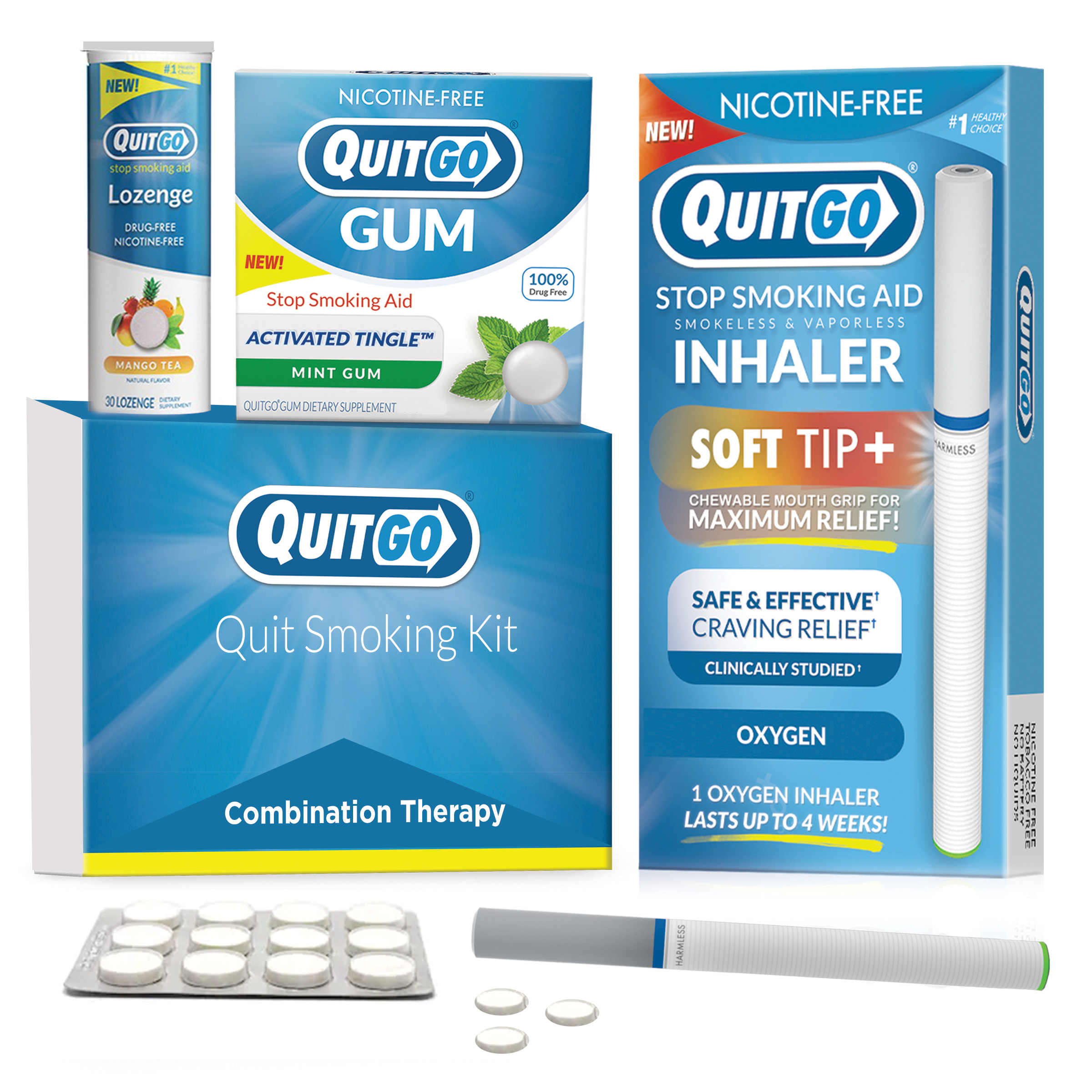


doing something you connect to vaping, like hanging out with friends who vape or taking a break at work.emotions like stress, boredom, or loneliness.Triggers vary from person to person, but common ones include: These can be physical, social, or emotional. Keep in mind that NRT isn’t recommended if you’re still using some form of tobacco along with vaping.īefore starting the quitting process, you’ll also want to identify your triggers - the cues that make you want to vape. Just remember that NRT doesn’t help you address emotional vaping triggers, so talking to a therapist or getting support from a quit program is always a good idea. Some vaping products deliver more nicotine than cigarettes, so you may need to begin NRT at a higher dosage than if you smoked traditional cigarettes.Įxperts recommend starting NRT the day you quit vaping. Your healthcare provider or pharmacist can help you find the right dosage. These products provide nicotine at a consistent dose, so you avoid the nicotine rush you get from vaping while still getting relief from withdrawal symptoms. Nicotine replacement therapy - nicotine patches, gum, lozenges, sprays, and inhalers - can help some people. Then there’s the whole issue of withdrawal, which can be pretty uncomfortable. It’s worth repeating: Quitting can be super tough, especially if you don’t have much support.

But going cold turkey may lead to greater long-term success with quitting.Ĭonsider nicotine replacement (no, it’s not cheating) If quitting vaping is your goal, any method that helps you achieve that goal can have benefit. If you decide to go this route, just remember to keep your end goal of quitting completely in sight. That said, gradually quitting can still work for some people. The same held true at the 8-week and 6-month follow-ups.Ī 2019 review of three randomized controlled trials (considered the “gold standard” of research) also found evidence to suggest people who quit abruptly were more likely to quit successfully than those who tried to quit by gradually cutting back. Research suggests the “ cold turkey” method, or quitting vaping all at once, may be the most effective way to quit for some people.Īccording to the results of a 2016 study that looked at 697 cigarette smokers, those who quit cold turkey were more likely to be abstinent at the 4-week point than those who quit gradually. It’s all about figuring out what matters most to you.Ĭold turkey vs. There’s no right or wrong reason for quitting. the freedom of not feeling agitated when you can’t vape, like on a long flight.protecting loved ones and pets against secondhand vape smoke.If health reasons aren’t a big motivator, you might also want to think about: However, existing research has linked chemicals in e-cigarettes to: Since e-cigarettes are still fairly new, medical experts haven’t fully determined their short- and long-term health effects. One key reason for quitting might be concern over possible health effects of vaping. Being clear on why we’re changing a behavior helps validate the decision to break that habit and gives us the motivation to discover a new habit or way of coping,” explains Kim Egel, a therapist in Cardiff, California. “Knowing our why can help us change any pattern or habit. Determining these reasons can increase your chance of success. If you haven’t already, allow yourself some time to think about what’s motivating you to quit.


 0 kommentar(er)
0 kommentar(er)
